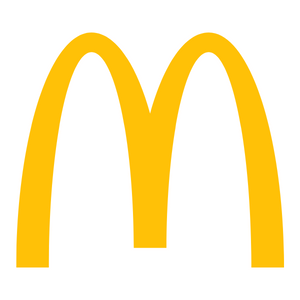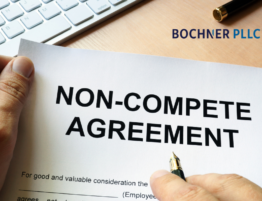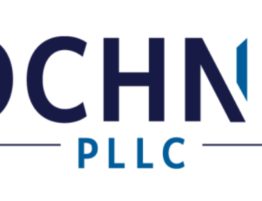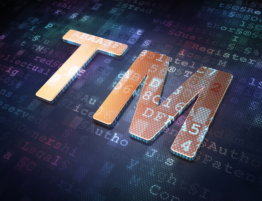
International Intellectual Property: Trademarks
In this part of our international intellectual property series, we will cover filing trademarks internationally.
A trademark is a sign capable of distinguishing the goods or services of one enterprise from those of other enterprises. Trademarks are protected by intellectual property rights. [1]
The word “trademark” can refer to both trademarks and service marks. A trademark is used for goods, while a service mark is used for services.
How Do I Register My Trademark Internationally?
There is not one way to file trademarks internationally. Actually, there are two ways, with one exception:
Madrid Protocol
While the Berne Convention, explained in International Intellectual Property Part II: Copyrights, is the place to look for international protection of copyrights, it is the Madrid Protocol which serves that purpose for trademark law.
The Madrid Protocol is an international system for obtaining trademark protection in several countries or regions using a single application. Protection (“International Registration”) can only be obtained for countries and regions which have joined the system.
The Madrid Protocol allows one application to be filed with WIPO and allows selection of each country where you would like rights observed. The selected countries will then come back with approval or refusal.
What is the Exception?
The European Union Trademark system offers trademark owners a unified system of protection throughout the EU with the filing of a single application. If successful, this one application results in an EUTM registration, which is recognized in all the EU member states. [2]
Local Counsel
Another way to internationally register your trademark is to hire a local attorney and have them file on your behalf in each individual country where you want your rights recognized. Each country is sovereign and requires its own application. Regardless of how you apply, each country will approve or deny based on its own trademark register.
However, some trademark owners also register their marks in jurisdictions that have problems with intellectual property counterfeiting. Using a mark is not a prerequisite for filing an application in most jurisdictions; however, some do have use requirements.
Stanton IP Law Firm can act on your behalf to consult local counsel for more information.
Issues with International Trademarks
- Keeping track of renewals and deadlines in every country becomes challenging.
- By having your mark registered in multiple countries, it requires you to enforce the mark in those countries which may cause additional difficulty.
- In many ways, trademark law in the U.S. mirrors international law. However, there are a number of differences, and one should not assume that a mark, which is valid and well-protected in the U.S., will enjoy the same status abroad, even in Madrid Protocol nations.
Examples of Internationally Recognized Trademarks
Here are some examples of internationally recognized trademarks:
Coca-Cola


Facebook (Meta)

McDonald’s

You can learn more about international patents and copyrights in Part I and Part II of this blog series. For more information, please visit our website or call our Tampa office at 813-421-3883 to schedule your free trademark consultation.








